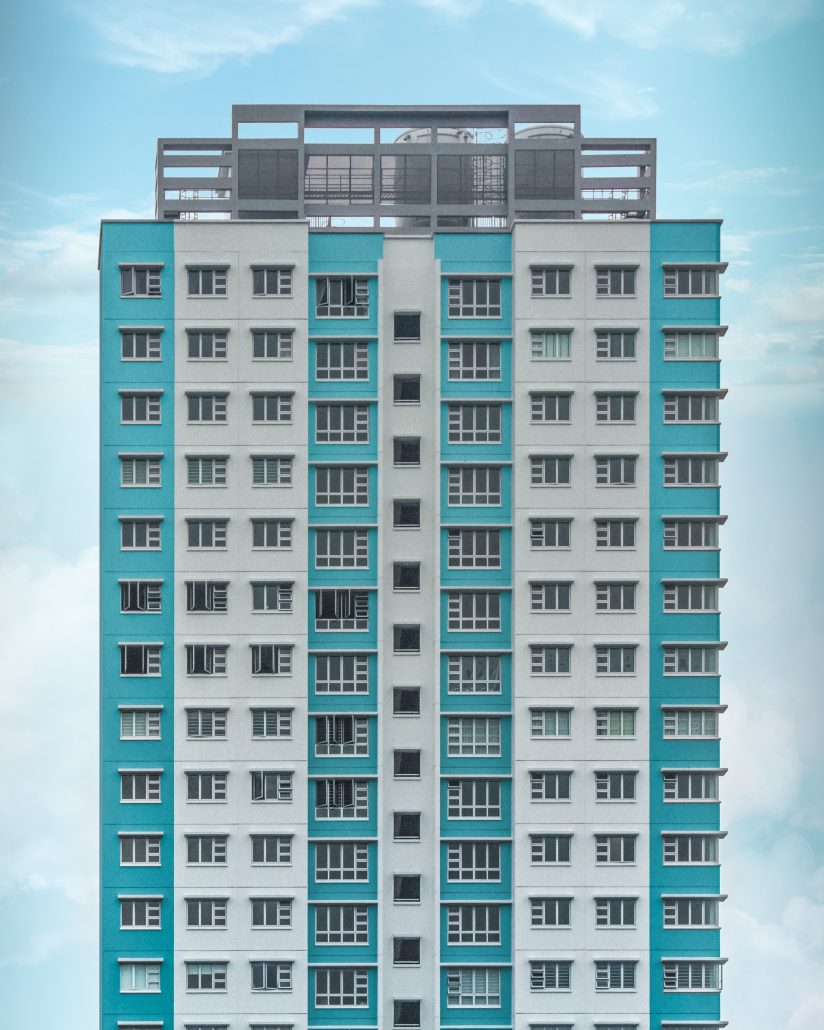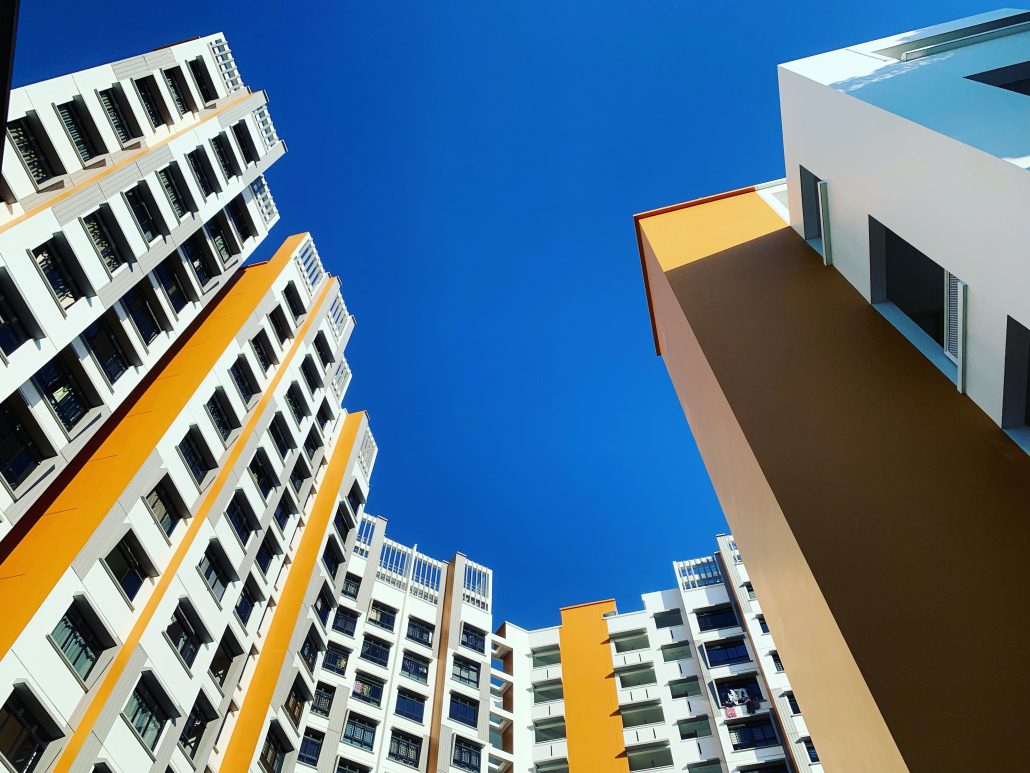The maturity of an estate is often one of the key factors that people take into account when they are purchasing a property but many of you may also ask how mature an estate must be to be considered as a mature estate.
Typically, an estate that has been around for more than 20 years would be considered as a matured one and those that have been built in recent years would be considered as a non-mature estate. Generally, most people would prefer mature estates over non-mature ones due to the amenities available in an estate. However, there are actually many differences between the two and we shall see if mature estate still has a competitive edge as before.
Before we dive deeper, here is a list of the mature and non-mature estates.
| Mature Estates | Non-mature Estates |
| Ang Mo Kio
Bedok Bishan Bukit Merah Bukit Timah Central Clementi Geylang Kallang Marine Parade Pasir Ris Queenstown Serangoon Tampines Toa Payoh |
Bukit Batok
Bukit Panjang Choa Chu Kang Hougang Jurong East Jurong West Punggol Sembawang Sengkang Woodlands Yishun |
-
Price
The price of mature estates is usually higher than non-mature ones since mature estates usually have more comprehensive amenities which most buyers prefer when they are purchasing a property. This is also one of the reasons why most of the million-dollar HDBs are found in mature estates. Even if all other factors are similar, the price of properties in mature estates might be approximately 10-15% higher than their non-mature counterparts.
-
Remaining Lease
Homeownership is usually only a 99-year leasehold; however, the maturity of the estate and the remaining lease that it has posses an inverse relationship. This would mean that the more mature the estate, the less time you have to live in a particular home in that estate.
Most Singaporeans also share a common consensus that it is harder to sell off an aged property since buyers would prefer not to buy an aged property as compared to a newer one with a higher remaining lease. Though the government has made changes with the regulations with regards to the usage of CPF and HDB housing loan which might help to ease the problem of having lower demand for older properties, the changes still do not favour the younger buyers and will mainly benefit the older buyers.
Since the value of the property is directly correlated to the property age, the older the property, the lower the value of the property. However, in Singapore, we still see the rise of million-dollar HDB resale flats in mature estate resale markets and a relatively higher price for HDBs in mature estates. Therefore, Singaporeans who prefer older properties for their surrounding amenities are still willing to fork out a high price despite having a shorter remaining lease.
-
Growth Potential
According to the URA master plan, we would be able to see that the government is determined to develop every inch of our land. This is evident from the new URA master plan 2019 to develop local hubs and the rise of the new business district in Jurong which is a non-mature estate. Therefore, there is far more potential growth for the non-matured estates as compared to the matured ones.
Though mature estates are located in well-developed neighbourhoods, it would not be long before the non-mature estate will be able to enjoy the same amenities as well. An example would be Sembawang which will be having a souped-up community centre called Bukit Canberra in 2020 and Punggol will also have a similar one in 2021.
With our urban landscape improving, there comes the rise of smart HDBs in the newer estates. HDB has also piloted selected Smart initiatives in Punggol Northshore and in some of the new public housing projects in Northshore, Bidadari and Tampines North.
With better amenities come better connectivity; the Land Transport Authority (LTA) is also executing an ambitious plan to double the size and scope of the Mass Rapid Transit (MRT) network by 2030. With enhance accessibility, it will further narrow the gap between the mature and non-mature estates.
Therefore, with the government’s effort in enhancing the liveability of Singapore, in the near future, mature estates may no longer have such a huge competitive edge of having better amenities, since those living in the non-mature estate may also enjoy the same.
Conclusion
With the consistent effort of the government to develop all parts of Singapore to make the country more liveable and sustainable, the lines between the mature and non-mature estates are slowly being blurred. Therefore, mature estates may start to lose their competitive edge of having better amenities since, in the near future, residents in non-mature estates would also be able to enjoy the same amenities and maybe even better than those in mature estates.
Want to find the best mortgage rate in town? Check out our free comparison service to learn more!
Read more of our posts below!



